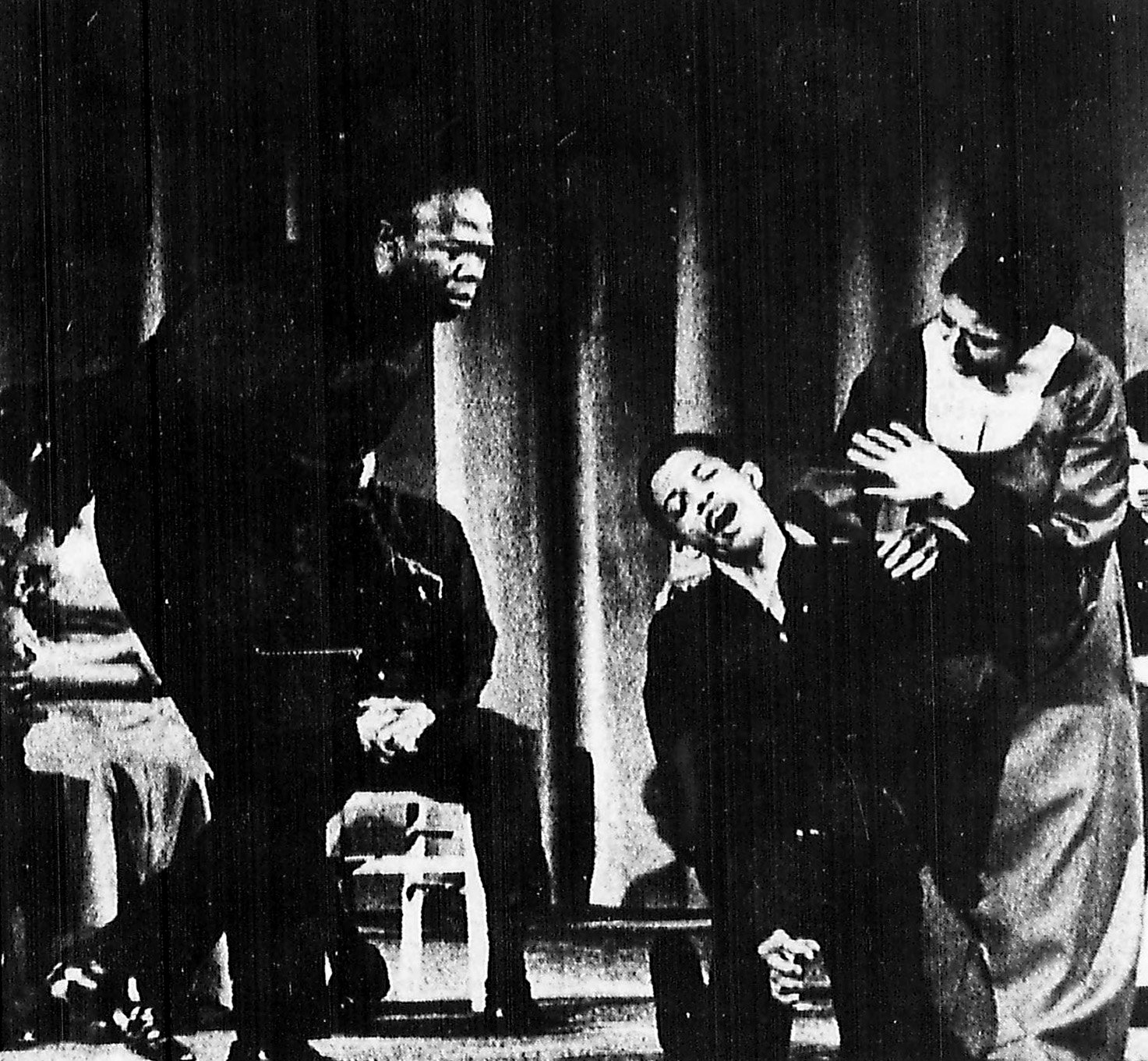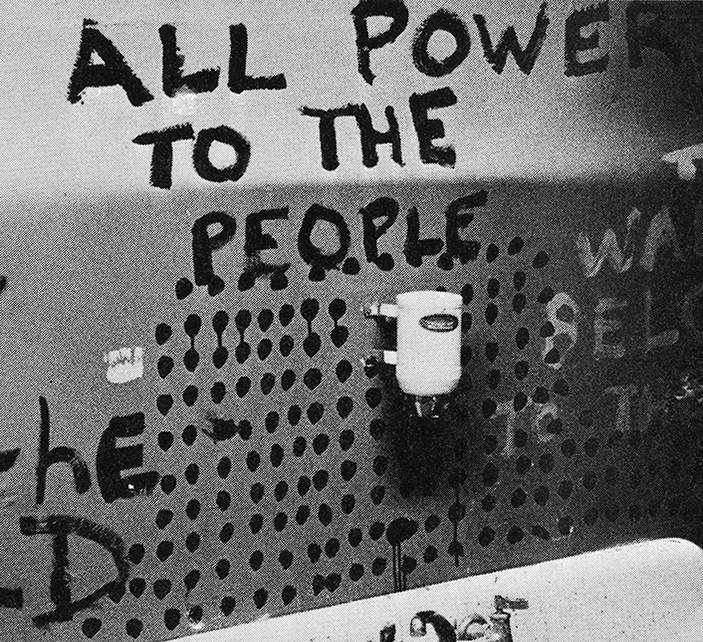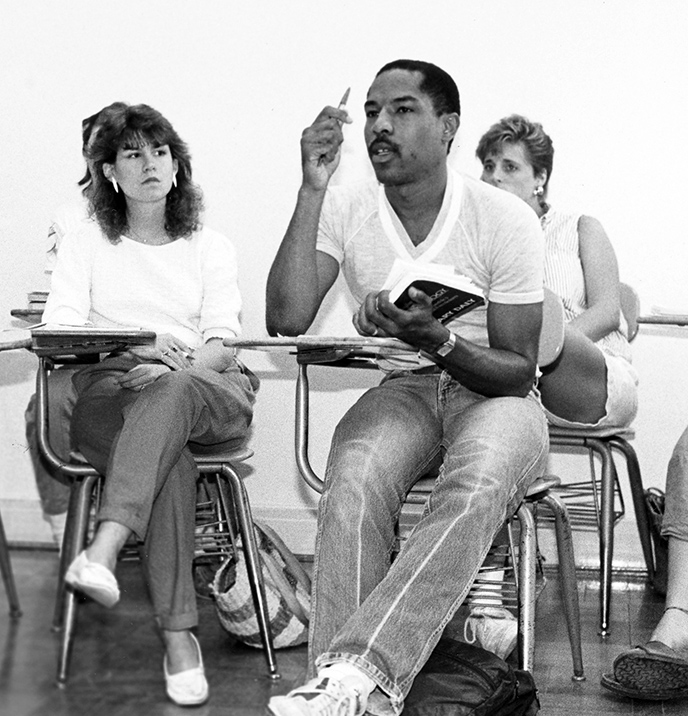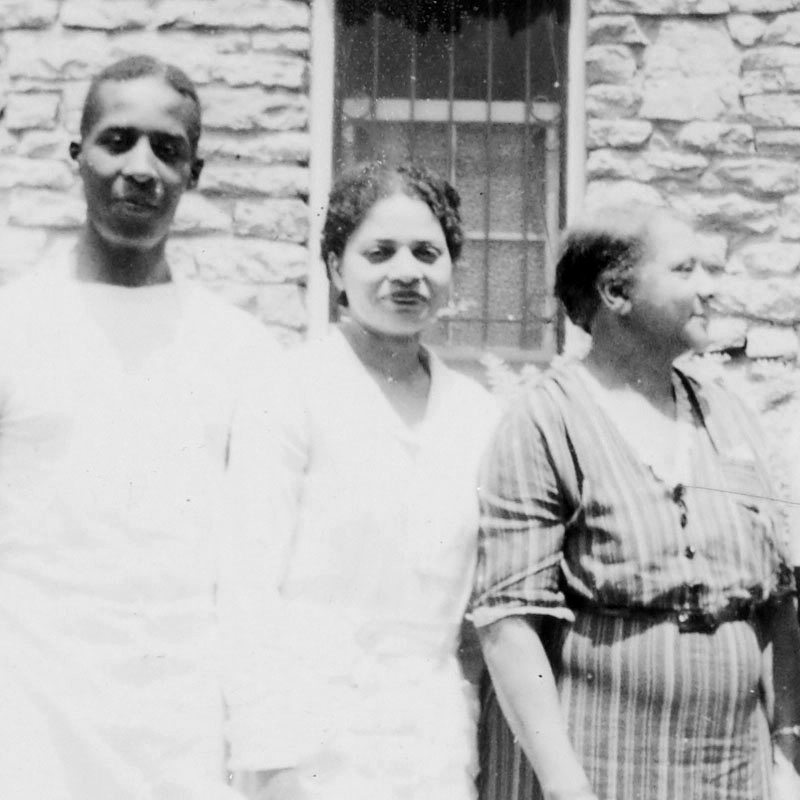Archives
Curator's Statement
Over 10,000 pages of archival material were digitized for the Lived Experiences at Miami University project. The new Race at Miami University Digital Collection is related to an ongoing series of video interviews with Black alumni, faculty and staff of Miami University. Those interviews reveal real-life experiences of race at Miami University. Lived experience is partly structured by the institution’s rules, regulations, courses and instruction; employment and benefits; and ongoing debates, discussions, and decisions regarding life at the University. Like all American universities, Miami both reflects and shapes the ways race affects the lives of those taking classes, those teaching classes, and those who are employees. This collection is a sample of the history of trailblazers and heroes, of challenges and disappointments, of individual choices and structured realities. It works in concert with the real-life experiences revealed in the interviews conducted since the summer of 2022.
Lived experiences in the Archives
Every document in the Race at Miami Digital Collection represents a story about someone's actual experience, whether as an administrator, faculty member, employee or student. Each document was selected because it both reveals those individual stories and because it addresses a larger, broader story of the history of Miami University. You can learn about day-to-day tasks of the African American janitorial staff in 1923 or the challenges faced by President Shriver and Vice President Robert Etheridge after the student uprising of 1970. You can read the thoughtful, sophisticated analyses offered by members of the Black Student Action Association (BSAA) not only during that uprising but for decades afterwards. You can read about male students from Thailand in the 1930s, the surprising outcome of Miami Class of 1908 member Murray Sheehan's work for the Royal Embassy. Each document is a small part of the holdings in Miami University Archives. President Shriver's papers, for example, fill 237 archival boxes — 115 of them are office files alone! You can rely on the digitized documents found here to better understand the experiences of Miami University, and to continue your further research you can visit the Miami University Archives.
Search in the Digital Collections
Related Digital Collections
Want to learn more?
For a history about the relationship between American higher education and race see Craig Steven Wilder's Ebony and Ivy (2013) from Bloomsbury Press.
For more about the history of Miami University, Miami University 1809-2009: Bicentennial Perspectives (2009), edited by Curtis Ellison, is the comprehensive history of Miami, and includes excellent sections on race at Miami.
To learn about the history of the Myaamiaki, the Native American nation with which Miami University shares a name and has a formal educational relationship, the website of the Miami Tribe of Oklahoma is a great place to start, as is the Myaamia Center's website.
This selected collection on race at Miami's Oxford Campus is not intended to systematically include materials related to Native Americans or the Miami Tribe of Oklahoma; or to Jewish students, faculty and staff; to disability history; or to the history of women at Miami. Hopefully selected digitized collections about these important topics will be available in the future.
Department of History
Department of Global and Intercultural Studies — Program in American Studies




